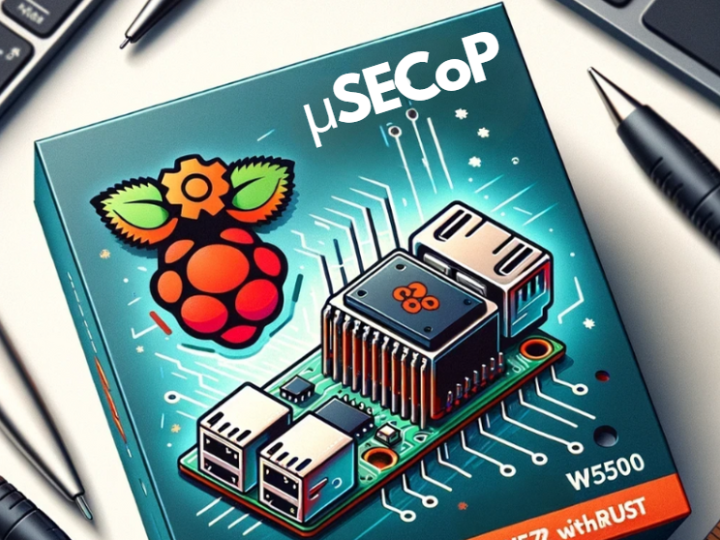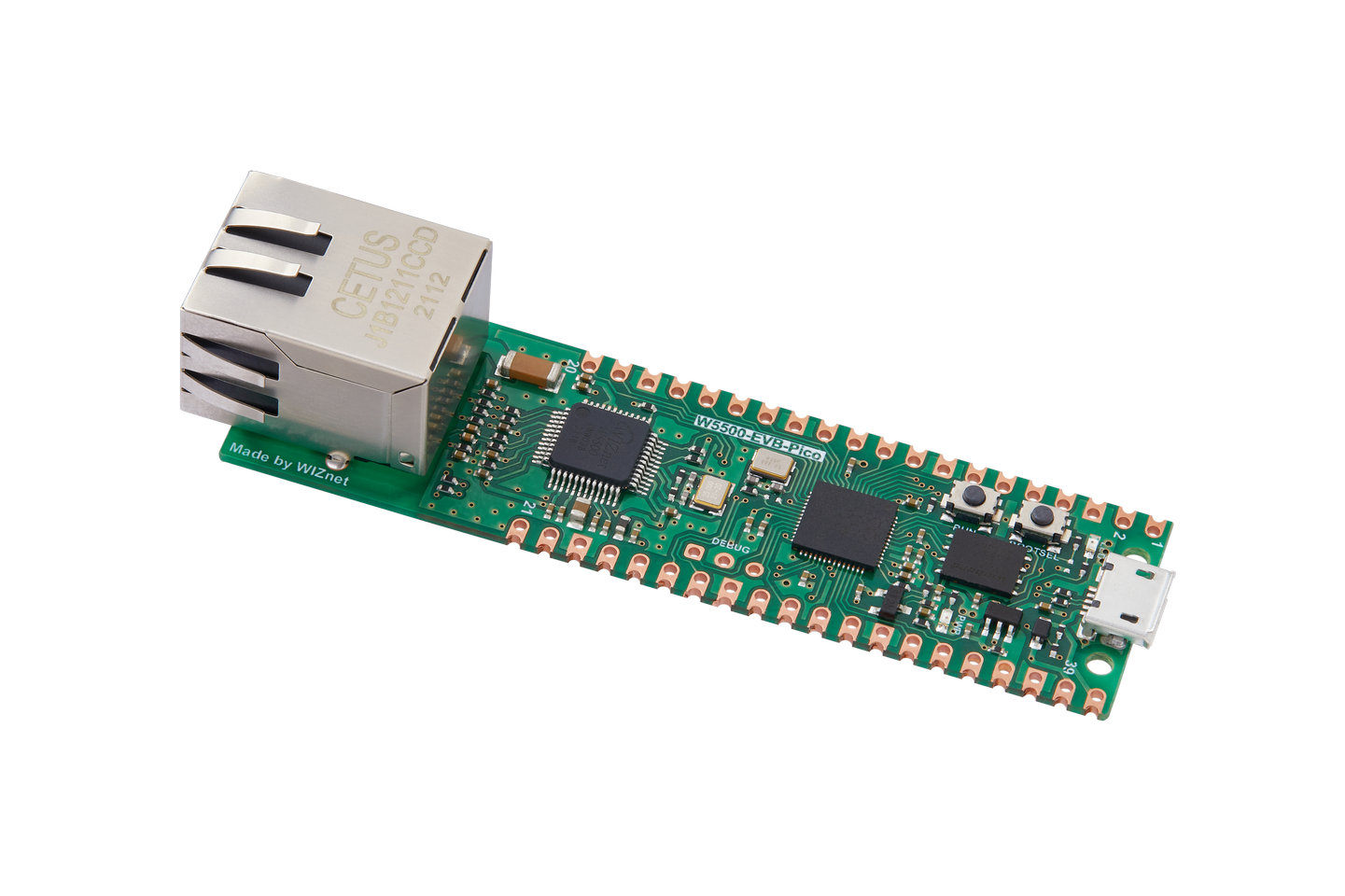µSECoP demo with Raspberry Pi Pico and WIZnet W5500
A minimal SECoP implementation in Rust, intended to be used on no_std systems like microcontollers.

In today's fast-evolving technological landscape, the integration of robust communication protocols with powerful microcontroller units (MCUs) is essential for the development of efficient, networked devices in scientific experimentation and automation. This article delves into a cutting-edge project that demonstrates the potential of combining Raspberry Pi Pico with the WIZnet W5500 Ethernet chip to implement the Micro Sample Environment Communication Protocol (µSECoP), showcasing a remarkable integration of network communications and device control in a microcontroller environment.

Project Overview
The project harnesses the capabilities of the Raspberry Pi Pico, a versatile and cost-effective microcontroller, and the WIZnet W5500, a reliable Ethernet chip providing robust network features through SPI (Serial Peripheral Interface) communication. The primary goal is to employ the Sample Environment Communication Protocol (SECoP), typically used in scientific equipment, to facilitate seamless network communication and device management.

Hardware Configuration
- Connecting the W5500 to Raspberry Pi Pico:
- The W5500 Ethernet shield is attached to the Raspberry Pi Pico via the following pins:
- SCLK (Serial Clock) - pin 10
- MOSI (Master Out Slave In) - pin 11
- MISO (Master In Slave Out) - pin 12
- CS (Chip Select) - pin 13
- INT (Interrupt) - pin 14
- RST (Reset) - pin 15
- The W5500 Ethernet shield is attached to the Raspberry Pi Pico via the following pins:
- Power and Debugging Setup:
- The Raspberry Pi Pico is powered through a microUSB connection.
- A 3-pin debug cable links the Raspberry Pi Pico to a host computer for programming and troubleshooting.
- Network Connection:
- The W5500 Ethernet port connects to a network where a DHCP server is operational, allowing the Raspberry Pi Pico to obtain an IP address dynamically.
Software Build and Execution
- Setting Up the Rust Development Environment:
- Install Rust programming tools including Rustup and the ARM toolchain.
- Utilize Cargo, Rust's package manager and build system, to install necessary libraries and compile the project.
$ rustup target add thumbv6m-none-eabi
$ apt install libudev-dev # example for Debian based systems
$ cargo install probe-rs --features cli- Running the Program:
- The command
cargo run --releasecompiles and executes the code, enabling the device to acquire an IP address via DHCP and synchronize time with a configured NTP server.
- The command
$ cargo run --releaseKey Software Components
- SPI Communication and Pin Configuration: Establishes the necessary settings for SPI communication and configures GPIO pins.
- W5500 Initialization and Network Configuration: Initializes the W5500 chip, sets up the MAC address, and configures DHCP client functionality.
- NTP Time Synchronization: Requests and processes time information from an NTP server to maintain accurate system time.
- SECoP Protocol Handling: Processes data according to the SECoP protocol and generates appropriate responses.
Rust Language in Embedded Systems
The implementation utilizes Rust, a language designed for performance, concurrency, and memory safety, making it ideal for system-level programming. Rust's ownership model ensures memory safety without a garbage collector, making it uniquely suitable for embedded systems where fine-grained control over system resources is necessary. Rust's capability to work in a no_std environment allows it to operate without the standard library, facilitating direct hardware interaction in embedded systems.
Conclusion
This project not only demonstrates the practical application of network communication and device control in microcontrollers but also sets a foundational framework for the efficient integration and management of scientific experimentation equipment. The combination of Raspberry Pi Pico and WIZnet W5500, empowered by the robustness of Rust and the functionality of SECoP, illustrates a scalable approach to building sophisticated networked systems in the realm of scientific research and industrial automation. By leveraging these technologies, developers can create more reliable, efficient, and scalable systems that are capable of meeting the demands of modern scientific and industrial environments.
SECoP : https://sampleenvironment.github.io/secop-site/

